Tricks For Using Slang In Marketing
Posted on June 1, 2016 by Jay Jones
How would you feel if your favourite brand called you bae?
Personally, I cringe whenever someone I know dares utter the term – even if they’re doing it ironically I will lash out with violence and they will suffer.
For companies, words are a really useful weapon, and many have cottoned on to the fact that talking like a real person is far more engaging than using dry, corporate and jargon-filled language. But when does conversational language go too far?
Can brands use colloquialisms and abbreviations? What about text-speak and swear words? It’s a huge topic, so with just a few examples of brands getting it right and well and truly wrong, here are a few ways to ensure modern-day slang stays cool and definitely not cringe.
Know Your Audience
Speaking like a 15-year-old might seem like a killer content marketing strategy, but it only works if the people you’re talking to are 15-years-old too. It’s surprising just how many brands use slang even if it means alienating a large percentage of their existing audience.
Similarly, some companies seem to disregard the notion of the audience at all, jumping on the bandwagon of a particular phrase or word – regardless of whether or not it makes much sense. American delivery service Postmates – a company that enables people to get anything delivered within an hour – recently unleashed a billboard using the phrase “Postmates and chill”.
Though it might resonate with a select few, it’s easy to feel a little short-changed about this rather lazy attempt at reaching everyone’s favourite target market… ‘millennials’.
On the other hand, a company like IHOP has proven far more successful in its use of slang. By using Twitter to align with young people it manages to stay on the right side of amusing.
Keep It Current
The danger of slang is that it can become outdated within a very short period of time. Fifteen years ago we were all obsessed with LOL-ing at chavs. Today, we can’t stop taking selfies with swag.
It’s difficult to know how long a word will be popular for, but one thing brands can gauge is whether or not an audience will be receptive to it. If a slang word is too good to resist, and the audience is sure to lap it up, there’s no reason brands shouldn’t experiment.
Consider The Platform
Language can sound very different depending on where it is used. Including slang in a slogan or headline can sometimes feel too in-your-face, and for product or promotional purposes might appear shoehorned in.
One of the most popular places to use it is on Twitter. Of course, brands get it wrong far more than you might think. Take Mountain Dew for example. ‘bae’ (*shudders*)
In case you didn’t know bae actually stands for ‘before anyone else’. So essentially, Mountain Dew’s tweet made no sense whatsoever, but people still went mad for it…
As you can see slang is always going to be a tough tool to master, and for most you won’t want to bother getting down with the kids. For brands, the trick is knowing when it’s worth trying, and when it’s worth steering clear.
To learn more about this topic, check out our Content Marketing services.



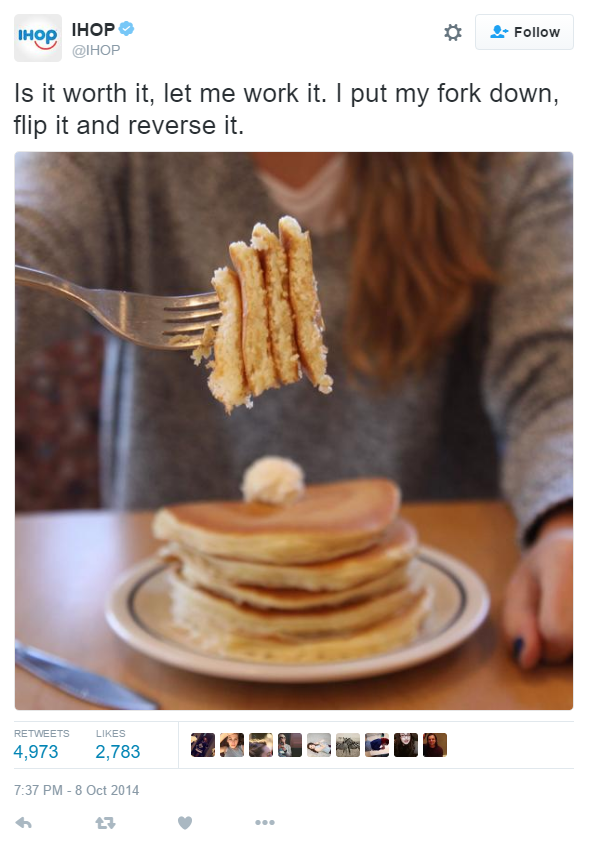
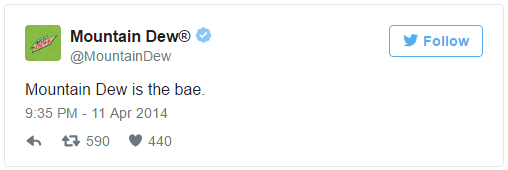
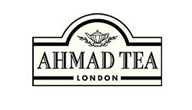






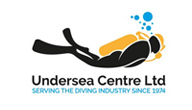
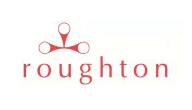

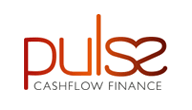

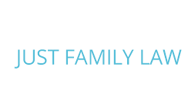



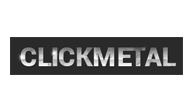

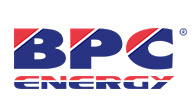





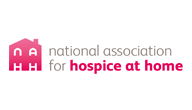
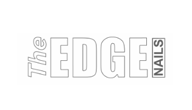
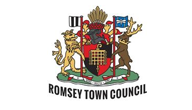

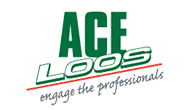

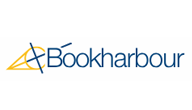

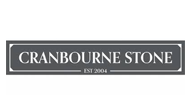

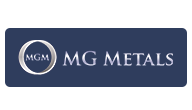


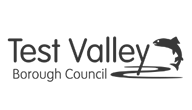
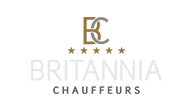
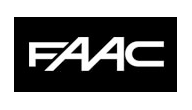

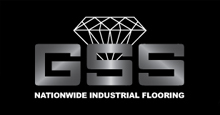
Jenette on December 31, 2016 at 5:01 pm said:
A good writeup. Completely agree with your thoughts. Internet Slangs are really taking up over the world!